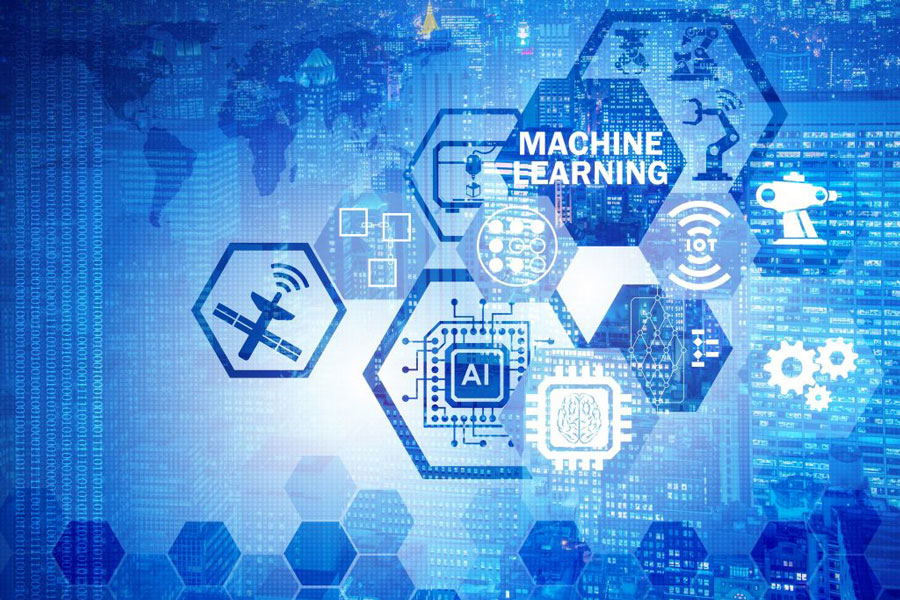
AI – Expectations vs. Reality
Artificial Intelligence is an evolving and chaotic system – sometimes minor variations in expectations can give a dysfunctional result. We make assumptions for the machines to work in a certain way and try to implement them on a pilot scale to give an expected result. But when it comes to a large scale, the risks increase along with difficulty, and the end-result is always filled with uncertainty.
Given the wide chasm between expectations and reality, especially when it comes to AI, it helps to have a clear picture of what we’re getting into, and what we can expect in return. Based on our experience of working with several large global companies, developing their needs into a viable solution and implementing AI based solutions for their complex problems, we have gleaned some very useful insights into various dimensions of an AI initiative and what can be done to narrow the gap between expectations and reality.
1. End-Results: Artificial Intelligence initiatives in all organizations are focused on achieving good end-results, enabling them to achieve RoI on such actions. In reality, with all the hype around it, these initiatives can often become victims of over-simplified narratives, which promise great results quickly. The organizations tend to get frustrated soon when they fail to achieve such good end-results in a short period. Immediate and desirable results can only be expected if the data has a relatively uncomplicated pattern that can be recognized with a few taps of algorithm adjustments. However, more often than not, real-life data have more complex designs and can take much longer to unravel even with fairly sophisticated algorithms.
Solution: Organizations need to understand and work accordingly; only in some straightforward cases, great results can be expected quickly, while in other cases, even assuming data is quite comprehensive, the end-results could take some time to achieve optimum levels. Different Use Cases are seen to give quite different end-results, and you can read about some of the Use Cases that we’ve worked with and how they turned out in our blog post – Selecting AI Use Cases in Energy and Commodity Industry.
2. Infrastructure Requirements: Big Data is quite often confused with AI, or is sometimes considered as an essential part of AI as well. The 3 V’s that differentiate Big Data from traditional data are Volume (the sheer quantity of data), Velocity (the rate of incoming data in real-time), and Variety (different formats, sources of data). Big Data needs more significant, better infrastructure and very different technologies as compared to AI, and is frequently expected to be an essential component of an AI implementation.
Solution: Contemporarily, AI is not always bundled with Big-Data, especially so for Energy and Commodity Trading Companies. If the volume/velocity/variety of data isn’t large enough, it is possible to start at a smaller scale and scale up as the requirements evolve.
3. Continual Improvements: One of the most misunderstood concepts in the organizations implementing AI projects is the notion that once an algorithm is deployed, It’ll continue to work with a constant accuracy for a long time. There are several reasons for this: changing the properties of target variables and changing patterns in the input data. This phenomenon is called Model Degradation, which implies that the model accuracy slowly drifts down over some time.
Solution: With the emergence of newer data and patterns, Machine learning / AI models require continual monitoring with consistent improvements. Unless such activities are built-in into the maintenance model of the project, the stakeholders will see RoI declines steadily to below acceptable levels in some time. To ensure positive RoI, it is important that we think deeply about the framework, taking cues from some of the points we’ve covered in one of our previous posts – An Invisible Framework for Predictive Analytics.
While these are just a few parameters where Expectations sometimes diverge from Reality, there could be possibly more such areas. What are some of those areas in AI where Expectations haven’t met Reality in your opinion? Do write in to us on info@riskedgesolutions.com to tell us your thoughts!
